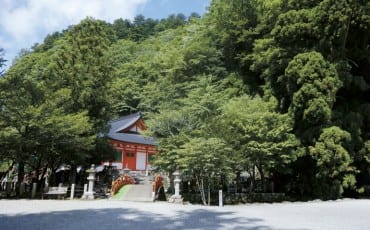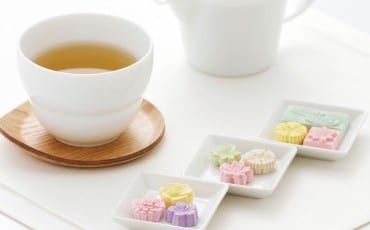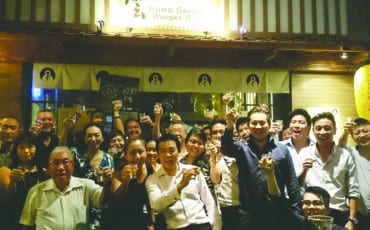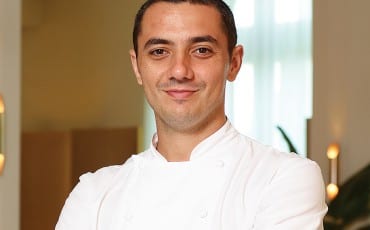- OISHII
- Articles
- Art & Culture
- Playing with Food
Articles
Art & Culture
Jan 21, 2017
Playing with Food
Imagine walking through a chocolate mine and “mining” for sweet treats. Or whispering your troubles into a cocktail glass and getting a bespoke concoction. These are the sort of whimsical ideas the team at Kloka creates and brings to life for their clients.
 Sayoko Yajima, art director at Kloka says, “Our company offers a variety of creative services. In 2012, an art gallery that specialises in food-inspired artwork approached us to create a food installation for Valentine’s Day. That sparked off our foray into food installations.”
Sayoko Yajima, art director at Kloka says, “Our company offers a variety of creative services. In 2012, an art gallery that specialises in food-inspired artwork approached us to create a food installation for Valentine’s Day. That sparked off our foray into food installations.”
Art You Can Eat
One of Kloka’s most memorable projects is with the department store Isetan. They created a giant chocolate mountain, where shoppers could mine sweets and candy dressed up to look like precious stones. There was even a faucet at the side of the mountain, which shoppers could turn on to get delicious, silky smooth hot chocolate.
Yajima explains, “A lot of my inspiration is drawn from fairy tales and childhood memories. For the project with Isetan, I wanted to create a story around a traditional mine, which lets you excavate treasures.”
Mt. Isetan Chocolaterie was certainly well received by the public, with shoppers waiting up to three hours in line to explore the installation. Subsequently, Kloka has also been approached by other department stores to create similar food installations.
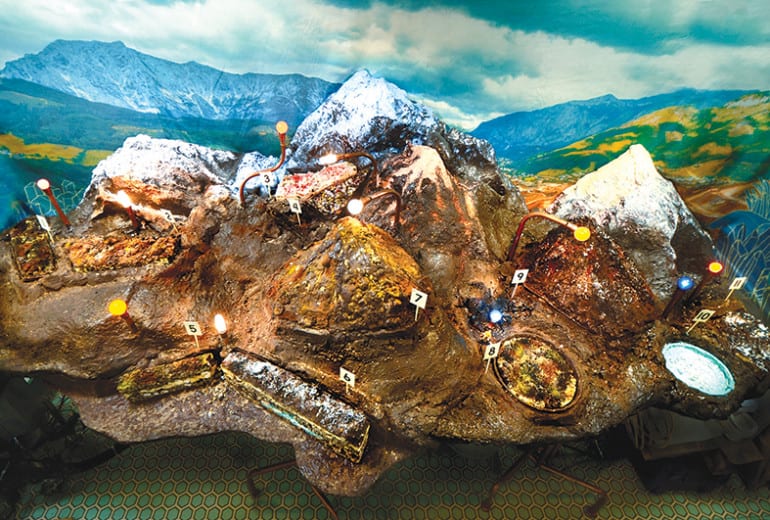
In August 2016, Kloka teamed up with bags and accessories brand Samantha Thavasa to create “Bonbon Kingdom”, a confectionery wonderland at the brand’s store in Omotesando, Tokyo. The store was transformed into a sugar-and-candy paradise where customers were invited to operate a specially outfitted machine to customise cupcakes or create their own cocktails using voice-recognition software.
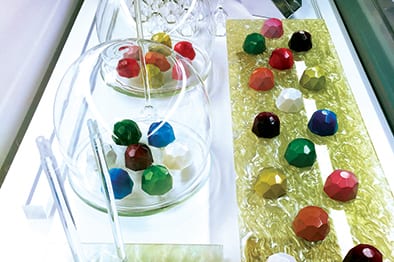
Reviving Retail
With more and more people turning to the Internet for their shopping needs, brick-and-mortar stores face the challenge of attracting footfall. These multi-sensory experiences are exactly the kind of thing needed to breathe fresh air into a flagging retail scene.
“Shoppers are always looking for new experiences,” says Yajima, “Our challenge is to constantly find new ways to interact and engage with the audience.”
Of course, there are other practical challenges involved in each project; such as ensuring the food they use in their projects can withstand the “elements” (bright store lights, for example) and still taste great. The team at Kloka works closely with food specialists and each project takes anywhere between four to six months to complete, from concept to actualisation.
Despite the hard work, Yajima feels the pay-off comes when she sees people’s reactions. She says, “Because we work with food, I like the idea of pieces of our ‘art’ being taken home by the people who eat the food we create.”
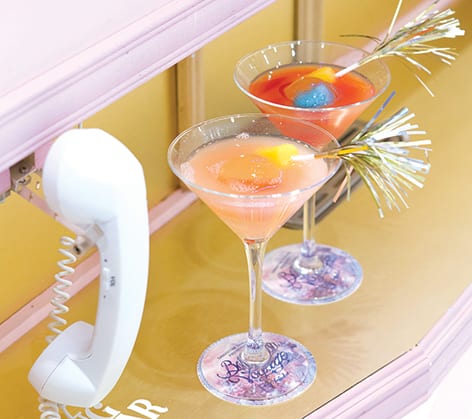
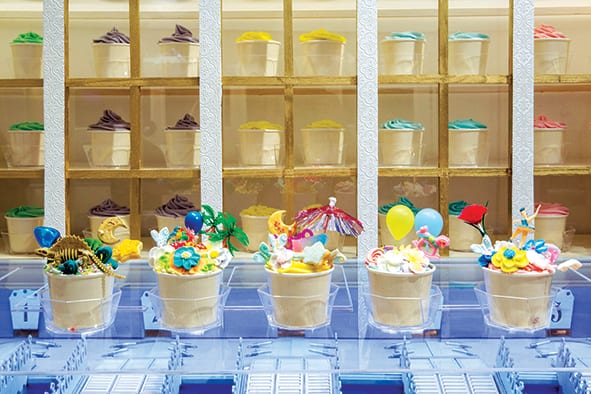
For more information on Kloka, visit http://kloka.com





